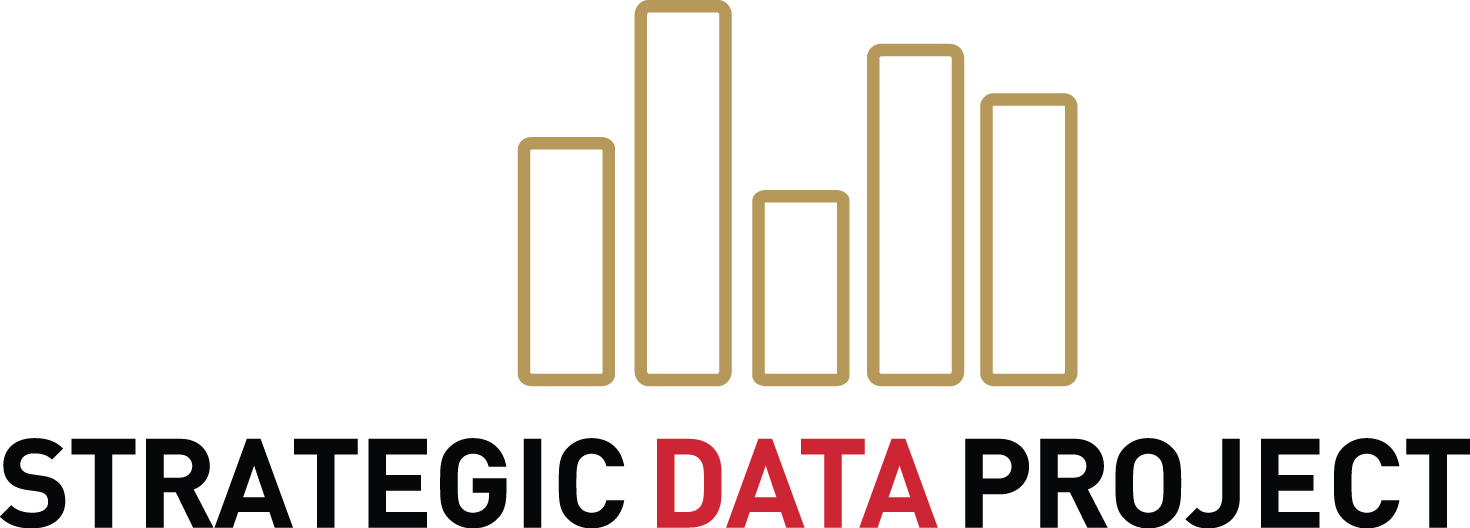
“Schools and districts need to know that they are not in this alone. There are nonprofit agencies that can help. If students need mental health, tutoring, or social and emotional support services, there are agencies ready to come in. It really boils down to having conversations and building trust. Operating in silos doesn’t work.” – Felicia Ford
As a youth advocate and nonprofit leader, Felicia Ford has thought a lot about truancy. In Virginia, where she lives, state law may send students and their families before a judge if they miss too many days of school. This strict approach to attendance may be wise, given the importance of supporting students to persist in their studies. But the timing and tenor of the intervention don’t address the underlying challenges that prevent students from regularly attending school, such as health issues or instability related to poverty.
“Families, more often than not, need supports more than consequences,” said Ford, executive director of a Hampton Roads-based private philanthropic foundation. But because truancy is handled as an educational problem, the broader issues that serve to keep students out of school are often hidden from view.
That was the challenge Ford took on as an SDP Fellow when she created the “Tru Comeback Attendance Awareness Campaign,” focused on the Norfolk Public Schools in Virginia. Ford surveyed local parents about the factors contributing to truancy. She used those insights to enlist community partners to offer targeted supports and developed a new Attendance Awareness Coalition, to provide truancy prevention and intervention programming for parents and youth.
“I really wanted to understand, why students were absent?” she said. “Understanding from a parent’s perspective why a child was absent and what their child needed is helping us start to fill those gaps.”
From Anecdotes to Analysis
Ford leads a private foundation based in Norfolk that serves young people in foster care or who have become disconnected from school or a job. In addition, since 2008, she has sat on the Norfolk Public Schools Multidisciplinary Team, which is tasked with supporting truant students and families and includes representatives from the school district, court system, and community.
At the outset of her time in the SDP Fellowship, she planned to analyze student data from two local school districts to track truancy trends and indicators such as demographics, behavior referrals, grades, and interventions. However, the data was unavailable because none of that information had been captured. In addition, from her experience on the Multidisciplinary Team, she knew anecdotally that out-of-school stressors were major contributors to students being truant.
“Very rarely did someone come to us at the team and was like, ‘I just don't want to go to school’,” Ford said. “Most often there was a mental health issue in the home, either with the student themselves or their parents. Or there was homelessness or, in general, the symptoms that come along with poverty.”
To prevent truancy, local leaders needed to know more about what caused it. So Ford devised a parent survey and public-awareness campaign to identify why students are truant and what they and their parents need to ensure they successfully attend school. She worked with her assigned Harvard SDP faculty mentor to design an instrument in Typeform that was visually appealing and simple to use, to ensure that families would persist through the relatively long series of questions. For their participation, families received $15 grocery gift cards.
Ultimately, 373 participants took the survey. Of those, 23 percent reported not knowing who to contact at school if their child was having attendance issues, and 45 percent said they did not know who to contact in the community. Some 14 percent said their child needed help coping with a traumatic event.
Parents also had the opportunity to comment more broadly about their child’s experiences. One caregiver, of a 6th grade girl, said “her grades are dropping, and her school does not have any real solution to help her.” Another caregiver said that his child, a male 11th grader, “has no friends and no support for classes” and did not feel safe going to school. The student had missed more than 21 days of school so far that year.
These insights “really helped us understand the why, so that we could know what to do for the next step,” said Ford.
Putting New Insights to Work
The survey was one part of a broader public engagement campaign, which Ford designed around the brand “Tru Comeback,” a play on the words “truth” and “truancy.” Through an aligned website, some 366 students registered to receive a “Tru Comeback Pack,” which included branded merchandise, socio-emotional learning tools, school supplies, snacks, fresh fruits and vegetables, hygiene items, personal protective equipment, and resources provided by the nonprofit and business community.
In all, the campaign helped Ford to connect with 550 Norfolk Public School students, most of whom were in the elementary grades. Some 40 percent reported their grades had suffered due to missing school. But only about 4 percent of responding students had previously been identified as having an attendance issue. Absenteeism was clearly a problem for students and families—even those who had not yet met the criteria for truancy. And the problems contributing to absenteeism often originated outside of school.
In the wake of the campaign, more than 15 local nonprofit organizations have begun to implement attendance-focused protocols and programs. For example, outreach staff for Seton Youth Shelters are now actively informing the teenagers they serve about their rights to attend public school while experiencing homelessness, and helping families access federally funded transportation in order to do so. In addition, the Boys & Girls Clubs of Southeast Virginia are focusing on social and emotional development in after-school programs and is more closely connected to local schools for referrals.
Since the campaign, the Norfolk Public Schools has begun to revise its Multidisciplinary Team process to intervene with students at risk of referral for truancy. It also plans to conduct an attendance awareness campaign. And it has developed a new Attendance Subcommittee, which is exploring data collection and best practices, Ford said.
“There just wasn’t this awareness and understanding before. I was really surprised that there wasn’t a dashboard of indicators or risk factors of some sort,” she said. “There wasn’t anyone really looking at how we can support families with services outside of the educational world.”
Lessons Learned
Ford identified several key takeaways from her work. First, when the project is based on data from an agency aside from your own, build relationships early and be clear on what data is, and is not, available. She also noted that the capacity and capabilities of an outsider, as opposed to a school district or program insider, may be different than expected. For example, Ford built on her strengths as a community partner with access to private foundation resources and capacities to develop and carry out the Tru Comeback campaign.
Her main takeaway, however, was the overall, enduring need for school districts and communities to collect, track, and analyze data to identify the factors that lead to truancy. Truancy itself is a clear gateway to bigger problems—disconnection from school or a job, unplanned pregnancies, homelessness, trafficking, and trauma. To that end, the agencies and community partners that support young people and families in crisis can also be an important source of insights, even if data collection is not their focus.
And they can be an important source of partnership and support, as well.
“There are so many things that we are asking of teachers,” she said. “We need teachers to see we are extending an arm to help. Whether it’s a mental-health resources or a behavior plan or another need, there are agencies here to help.”
